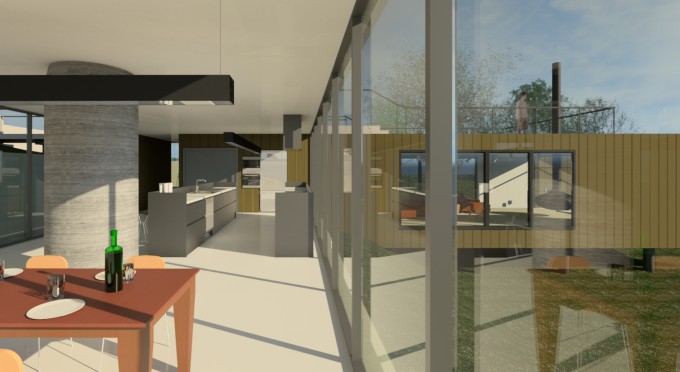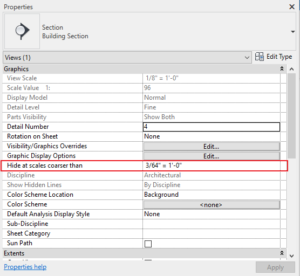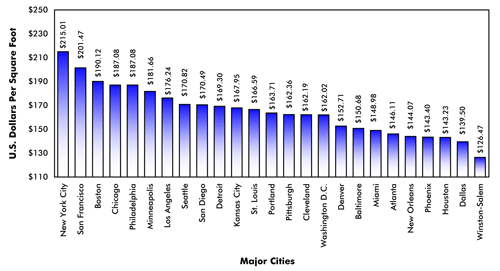If you don’t have a rendering farm at your disposal, chances are a nice high quality rendering in Revit will require hours or even days depending on the complexity. Additionally, the computer used for the rendering will be somewhat tied up as its resources are occupied with the rendering process. Fortunately, with Autodesk 360 you can render in the cloud in a fraction of the time and without tying up your computer. To use Autodesk 360 you just open the 3D view you want to render, then click “Render in Cloud” in the View ribbon menu. I compared the two rendering methods using the “Kitchen” 3D view from the Revit “basic sample project”. The settings that I used for the Revit rendering were “Best” and a Printer resolution of 300 dpi. The Autodesk 360 settings were “Final” render quality and an image size of “Large”.
Using Revit for the rendering took 3 hours and 10 minutes and the Autodesk 360 rendering took 12 minutes. In all fairness I was multitasking while Revit was rendering on my computer. Even so, using Autodesk 360 for renderings is clearly faster but what are we sacrificing for this speed? Well, the appearance of rendered materials can be somewhat unpredictable. For example, if you create a custom material that does not use an Autodesk out of the box pattern or texture file then the cloud may not render it correctly. Usually you can work around this by avoiding custom materials. However, users have found that sometimes out of the box materials can still render incorrectly in the cloud. As you can see in the images below, the lighting also renders slightly differently in the cloud. Getting a perfect rendering in the cloud can require some experimentation but the speed of the rendering using Autodesk 360 may still make it worthwhile. The Autodesk 360 cloud service could use some improvement, but you can’t beat the speed. If nothing else, it frees up in house computer resources and allows for more renderings to be included throughout the design process.










